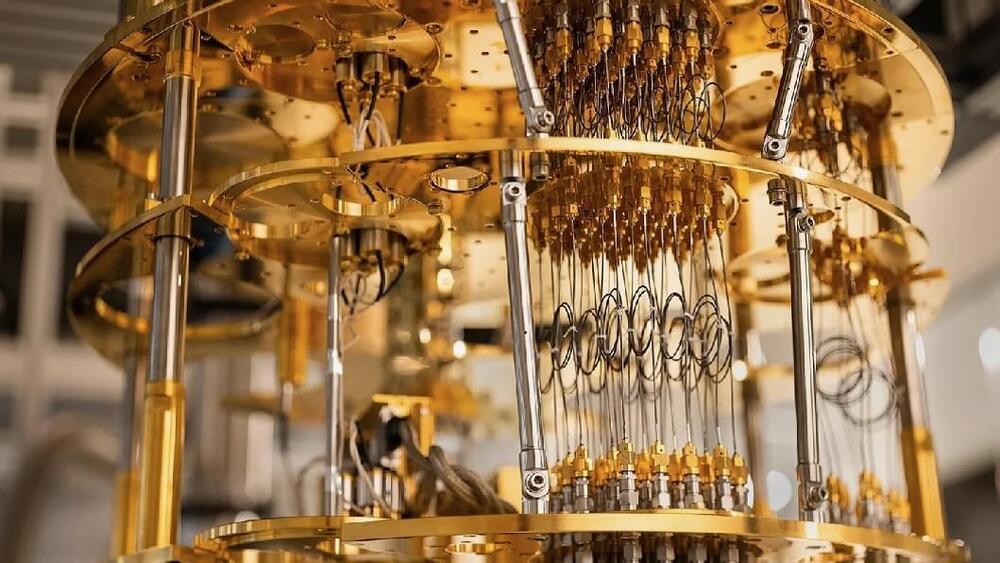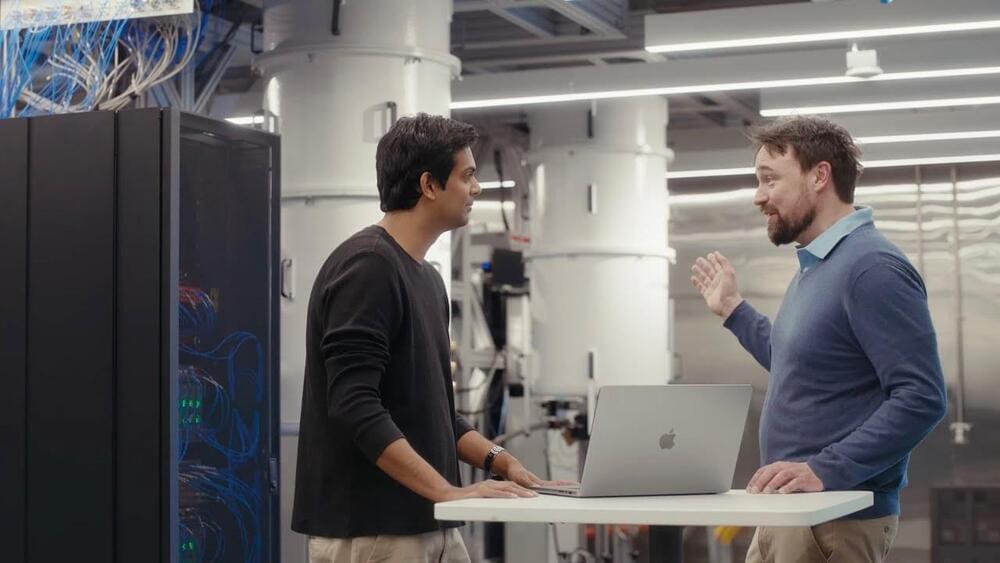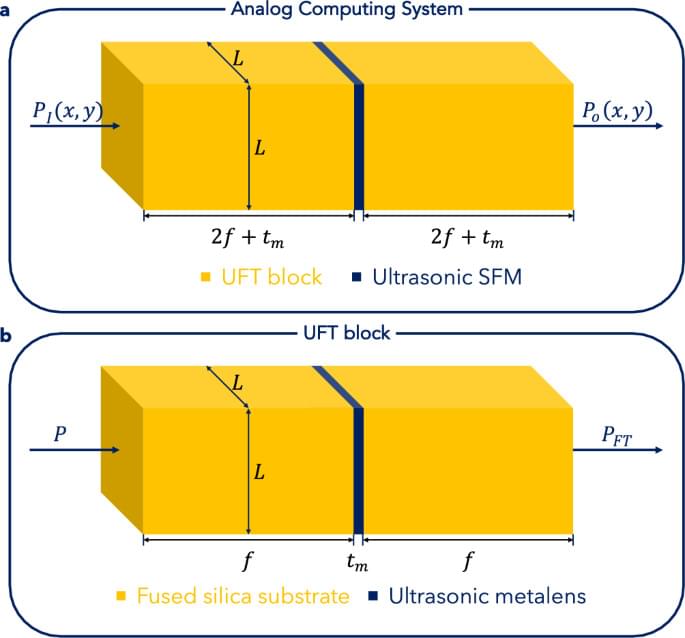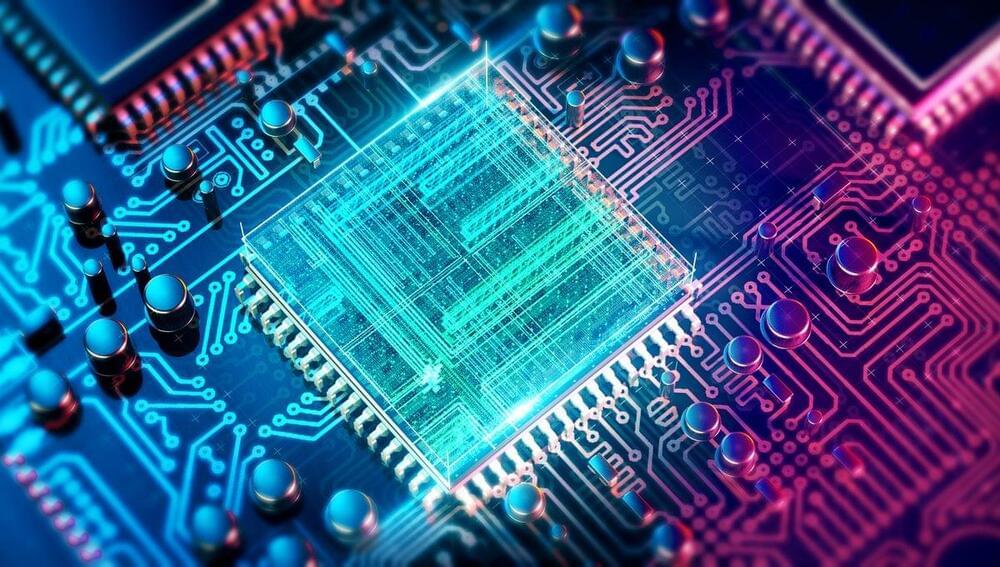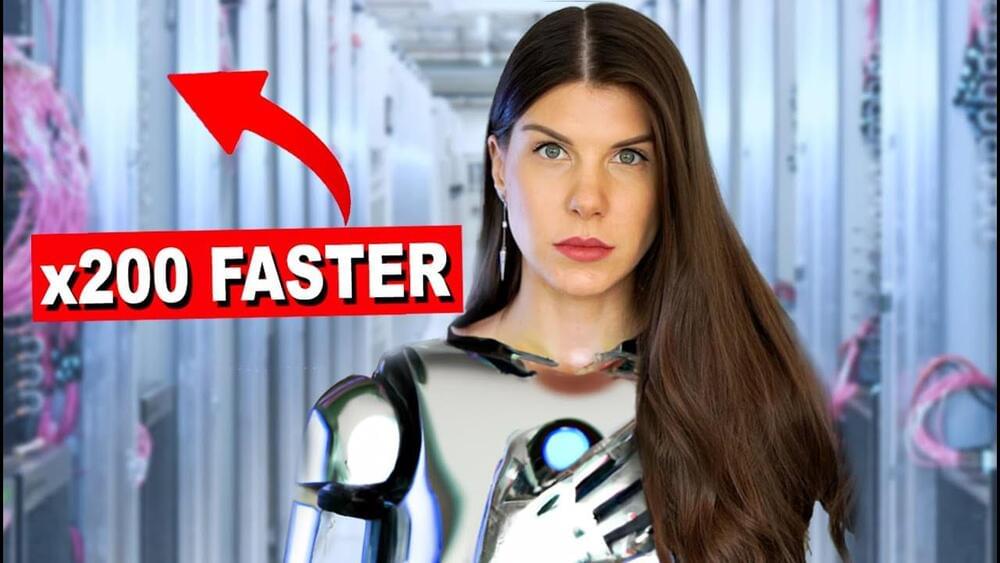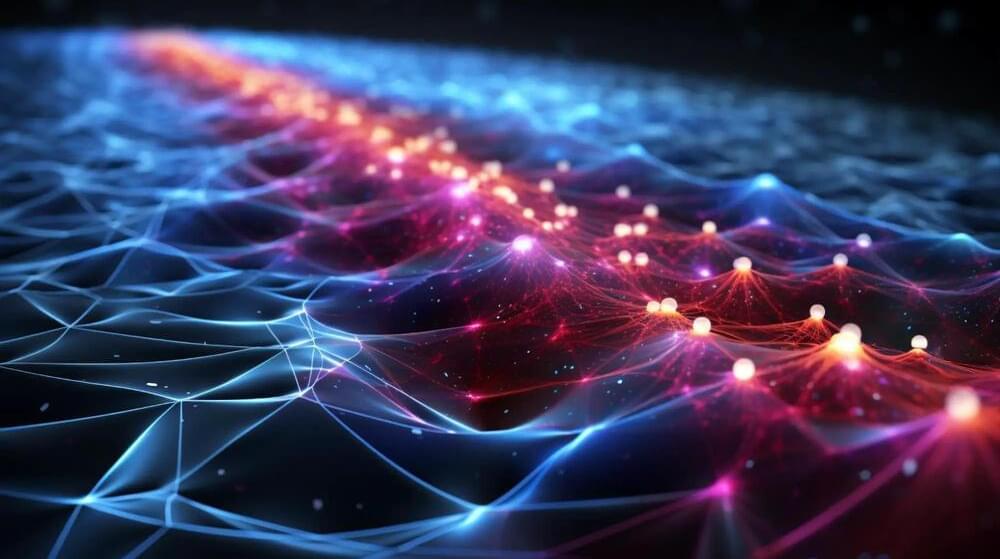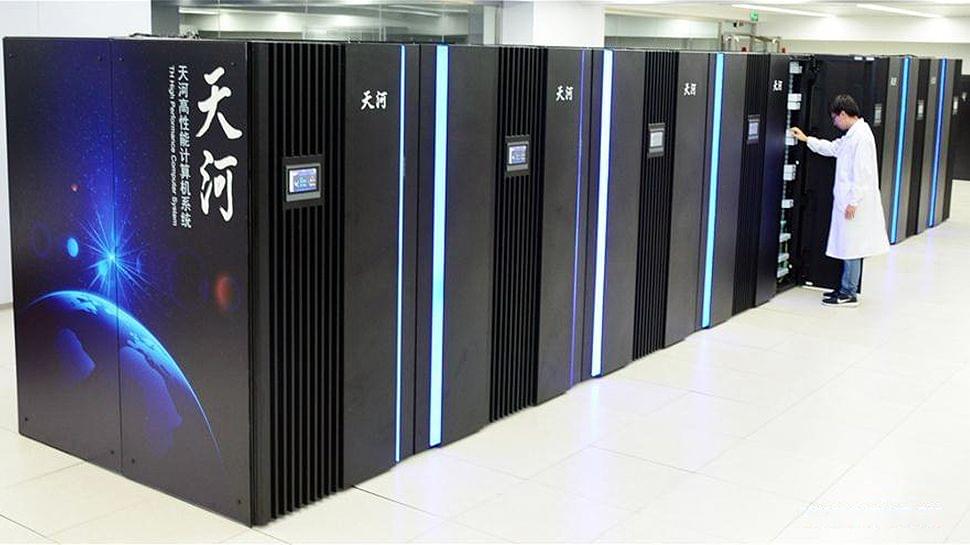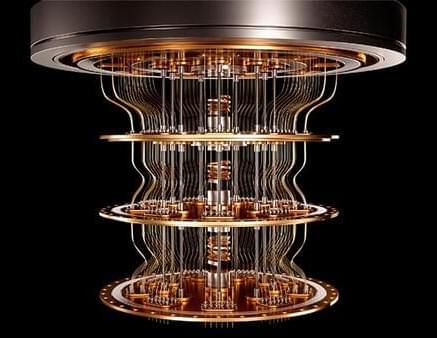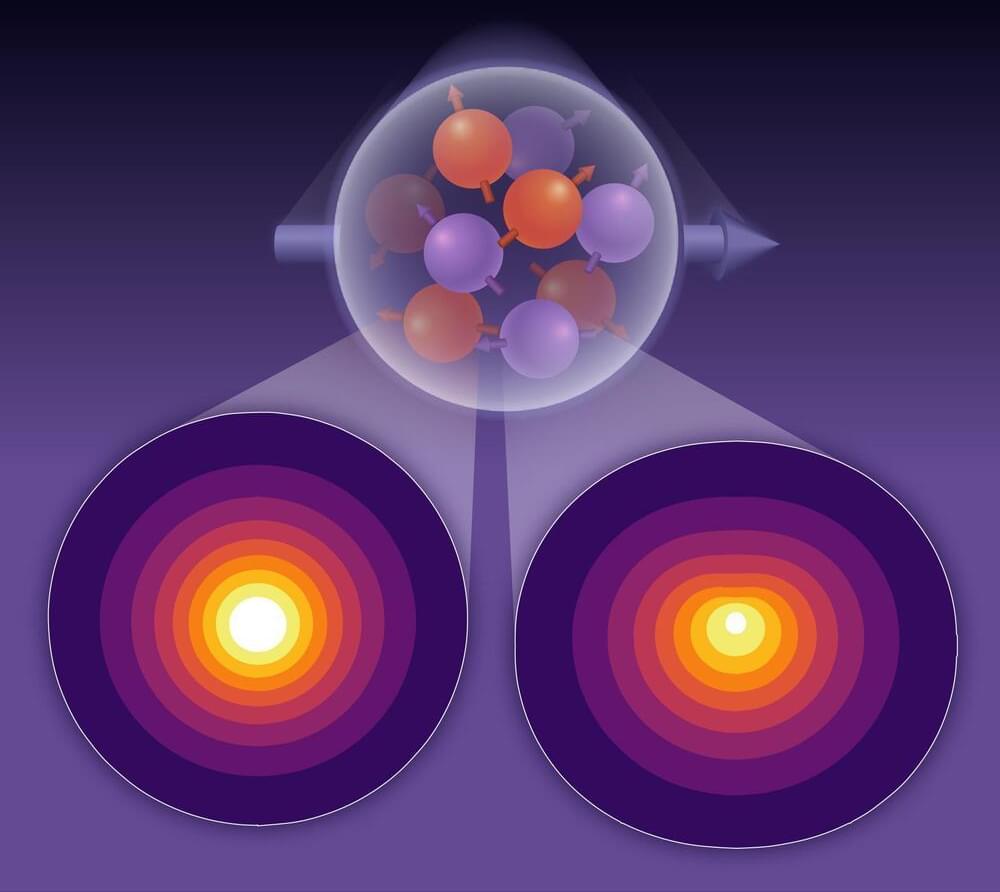Aug 23, 2023
Microsoft Wants to Build a Quantum Supercomputer Within a Decade
Posted by Dan Breeden in categories: particle physics, quantum physics, supercomputing
Since the start of the quantum race, Microsoft has placed its bets on the elusive but potentially game-changing topological qubit. Now the company claims its Hail Mary has paid off, saying it could build a working processor in less than a decade.
Today’s leading quantum computing companies have predominantly focused on qubits—the quantum equivalent of bits—made out of superconducting electronics, trapped ions, or photons. These devices have achieved impressive milestones in recent years, but are hampered by errors that mean a quantum computer able to outperform classical ones still appears some way off.
Microsoft, on the other hand, has long championed topological quantum computing. Rather than encoding information in the states of individual particles, this approach encodes information in the overarching structure of the system. In theory, that should make the devices considerably more tolerant of background noise from the environment and therefore more or less error-proof.
